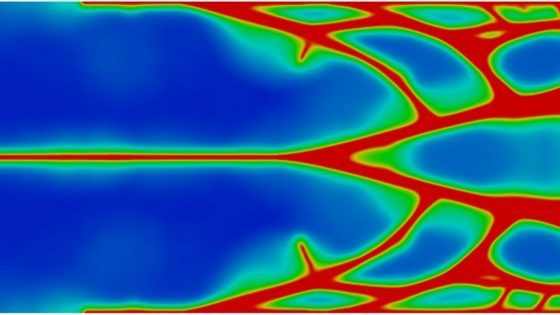
Structural Engineering and Mechanics
Our research addresses tough questions by drawing upon multiple areas of expertise to address system failure, probing the limits of materials, techniques, and structures.
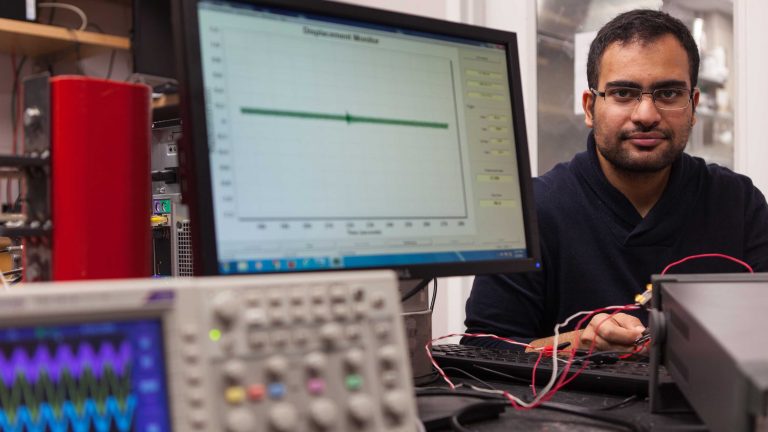
Sensing and Monitoring
How can we detect and quantify damage in structures through physical measurements and mathematical modeling?
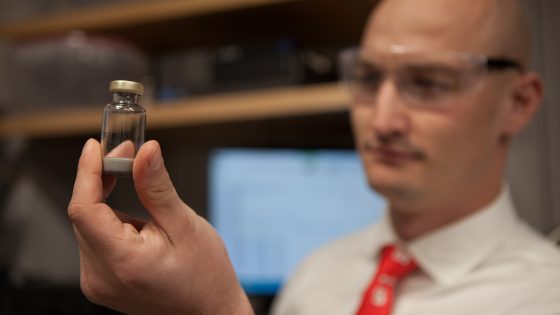
Solid Mechanics and Materials
How can we engineer more resilient materials by understanding their behavior at multiple length scales?
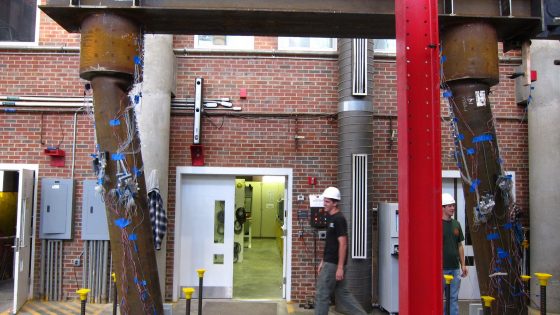
Probabilistic Approaches in Structural Engineering
How can we increase the safety and reliability of the structures using probabilistic tools and design?
Structural Behavior and Design
How do we develop new methods for analysis and design of resilient structures by studying mechanisms of failures at multiple scales?
Computational Mechanics
How can we model the physics of material behavior using analytical, experimental and computational tools?
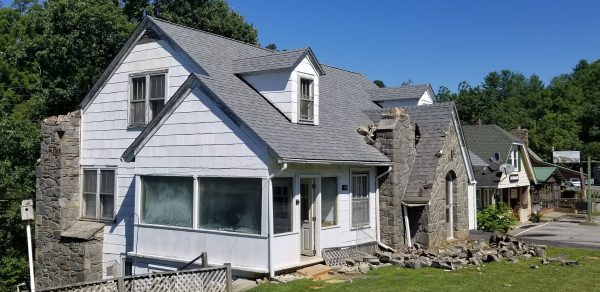
Faculty
Centers, Labs, and Facilities
- Engineering Online
- Constructed Facilities Laboratory (CFL)
- Department of Homeland Security Center of Excellence – Natural Disasters, Critical Infrastructure, and Emergency Management
- National Science Foundation Industry-University Cooperative Research Center: Center for Integration of Composites into Infrastructure (CICI)
- Center for Nuclear Energy Facilities and Structures (CNEFS)
- Materials and Component Fatigue Testing Facility
- Repair of Buildings and Bridges with Composites (past NSF IUCRC center, part of CICI)
Courses
The Master of Science (MS) degree requires a minimum of 31 semester hours of graduate study including up to 6 credit hours for a thesis and a final oral examination. The Master of Civil Engineering (MCE) degree requires a minimum of 30 semester hours of graduate study without a thesis. This degree is also available by distance education through Engineering Online. Both degrees require 18 credit hours in structural engineering and mechanics, of which 12 hours must be taken from a set of core courses in structural analysis and design and solid mechanics.
The Doctor of Philosophy (PhD) degree normally includes one academic year of full-time course work beyond the master’s degree. The major component of the Ph.D. program is preparation of a dissertation reporting the results of an original investigation that represents a significant contribution to knowledge.
Graduate Student Advising Information for Students in Structural Engineering and Mechanics
| Course Number | Course Name |
| CE 515 | Advanced Strength of Materials |
| CE 522 | Theory and Design of Prestressed Concrete |
| CE 523 | Theory and Behavior of Steel Structures |
| CE 524 | Analysis and Design of Masonry Structures |
| CE 525 | Advanced Structural Analysis |
| CE 526 | Finite Element Method in Structural Engineering |
| CE 528 | Structural Design in Wood |
| CE 529 | FRP Strengthening and Repair of Concrete Structures |
| CE 714 | Stress Waves |
| CE 718 | Constitutive Modeling of Engineering Materials |
| CE 721 | Matrix and Finite Element Structural Analysis II |
| CE 723 | Advanced Structural Dynamics |
| CE 724 | Probabilistic Methods of Structural Engineering |
| CE 725 | Earthquake Structural Engineering |
| CE 726 | Advanced Theory of Concrete Structures |
| CE 794 | Advanced Topics in Structures and Mechanics |


